What Are the Healthiest Foods to Eat Daily? Complete Guide
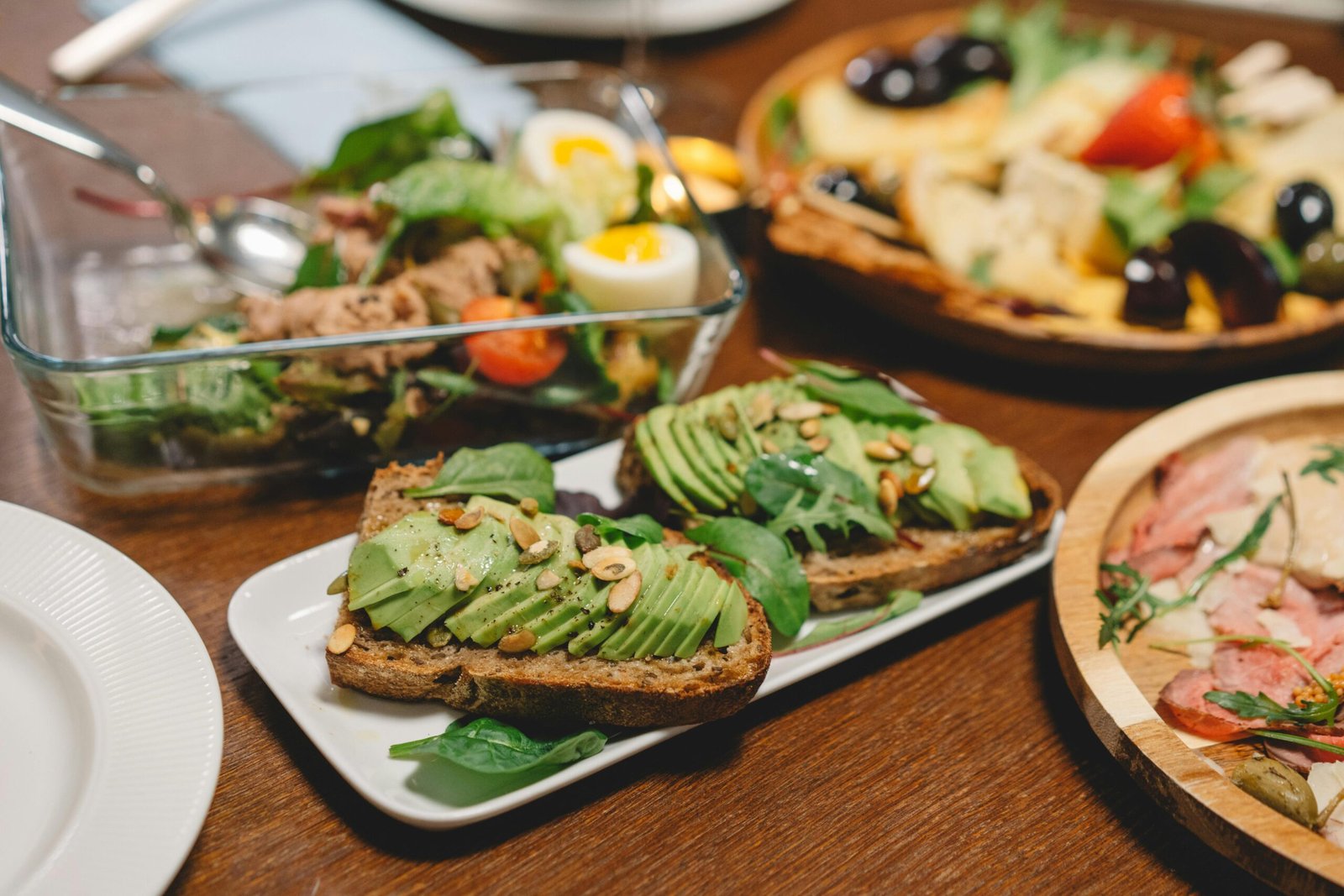
Introduction
The right foods can provide essential nutrients, boost energy levels, and prevent chronic diseases. This article explores the healthiest foods to include in your daily diet to ensure you receive the necessary vitamins, minerals, and antioxidants for a balanced life.
Understanding Healthy Eating
Healthy Foods eating involves consuming a variety of foods that provide the necessary nutrients your body needs. Nutrient-dense foods are rich in vitamins, minerals, and other essential nutrients but low in calories. A balanced diet helps maintain energy levels, supports bodily functions, and reduces the risk of chronic diseases.
Leafy Green Vegetables
Leafy green vegetables are nutritional powerhouses, packed with vitamins, minerals, and fiber while being low in calories. But with so many options available, which leafy greens stand out from the rest? Here’s a comprehensive ranking of the best leafy green vegetables based on their nutritional value, versatility, and overall health benefits.
1. Kale
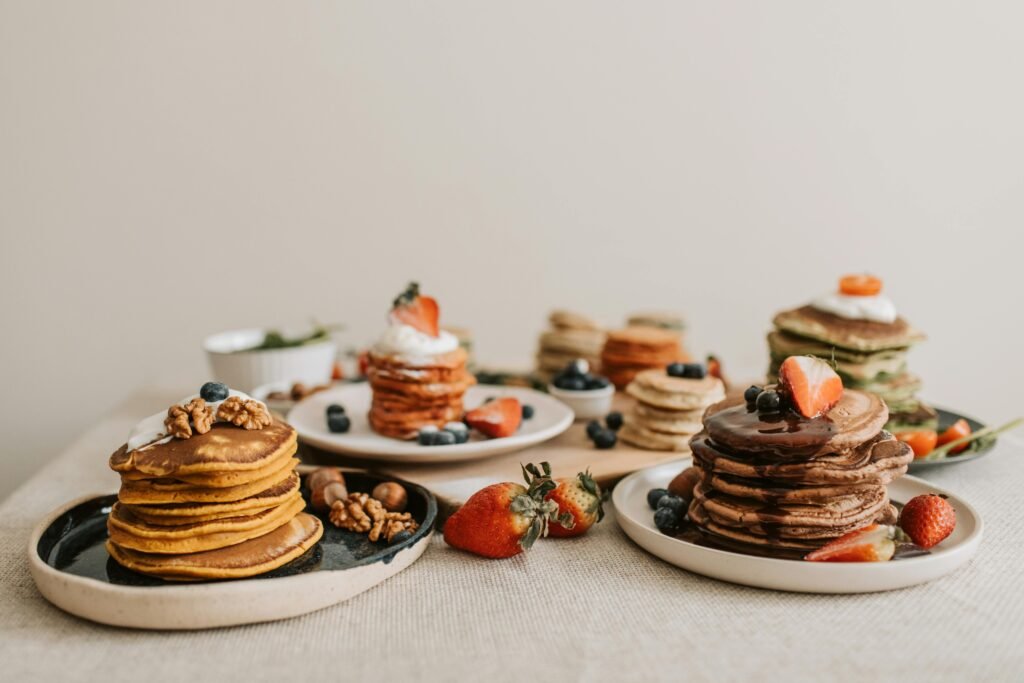
Kale tops the list for a reason. It’s also rich in antioxidants, including quercetin and kaempferol, which have anti-inflammatory properties. Kale can be eaten raw in salads, blended into smoothies, or cooked in a variety of dishes.
Nutritional Highlights:
- Vitamin K: 684% of the DV
- Vitamin C: 134% of the DV
- Vitamin A: 206% of the DV
2. Spinach
Spinach is another highly nutritious green that’s versatile and easy to incorporate into meals. Spinach’s mild flavor makes it a great addition to salads, soups, and smoothies.
Nutritional Highlights:
- Vitamin K: 181% of the DV
- Vitamin A: 56% of the DV
- Folate: 15% of the DV
3. Swiss Chard
Swiss chard is known for its vibrant stems and dark green leaves. It’s a rich source of vitamins A, C, and K, magnesium, and potassium. Swiss chard can be sautéed, added to soups, or used as a wrap for various fillings.
Nutritional Highlights:
- Vitamin K: 716% of the DV
- Vitamin A: 44% of the DV
- Magnesium: 36% of the DV
4. Arugula
Arugula, also known as rocket, has a distinct peppery flavor that adds a punch to salads and sandwiches. It’s rich in vitamins A, C, and K, as well as folate and calcium. Arugula’s unique taste and nutrient profile make it a standout among leafy greens.
Nutritional Highlights:
- Vitamin K: 109% of the DV
- Vitamin A: 47% of the DV
- Folate: 10% of the DV
5. Collard Greens
They are packed with vitamins A, C, and K, as well as calcium and iron. Collard greens are often cooked with smoked meats, but they can also be steamed, sautéed, or used as a wrap.
Nutritional Highlights:
- Vitamin K: 388% of the DV
- Vitamin A: 80% of the DV
- Vitamin C: 46% of the DV
6. Romaine Lettuce
The lettuce variety Romaine is a popular salad ingredient due to its crisp structure and mild flavor. It contains high levels of vitamins A, C, and K and folate. Romaine lettuce is versatile. It can be used in Caesar dishes such as salad wraps and as a crunchy topping for sandwiches.
Nutritional Highlights:
- Vitamin K: 85% of the DV
- Vitamin A: 82% of the DV
- Folate: 34% of the DV
7. Watercress
Watercress is often overlooked but is one of the most nutrient-dense leafy greens. It’s high in vitamins A, C, and K, and contains significant amounts of calcium and manganese. Watercress has a slightly spicy flavor and can be added to salads, sandwiches, and soups.
Nutritional Highlights:
- Vitamin K: 312% of the DV
- Vitamin A: 64% of the DV
- Vitamin C: 52% of the DV
8. Beet Greens
Beet greens, the leafy tops of beetroot, are edible and highly nutritious. They include high levels of vitamins A, C, and K, potassium, and magnesium. Beet greens can be sautéed, added to soups, or used in smoothies.
Nutritional Highlights:
- Vitamin K: 500% of the DV
- Vitamin A: 30% of the DV
- Vitamin C: 17% of the DV
9. Mustard Greens
Mustard greens have a strong, peppery flavor and are packed with nutrients. Mustard greens are often cooked but can also be eaten raw in salads.
Nutritional Highlights:
- Vitamin K: 524% of the DV
- Vitamin A: 177% of the DV
- Vitamin C: 60% of the DV
10. Turnip Greens
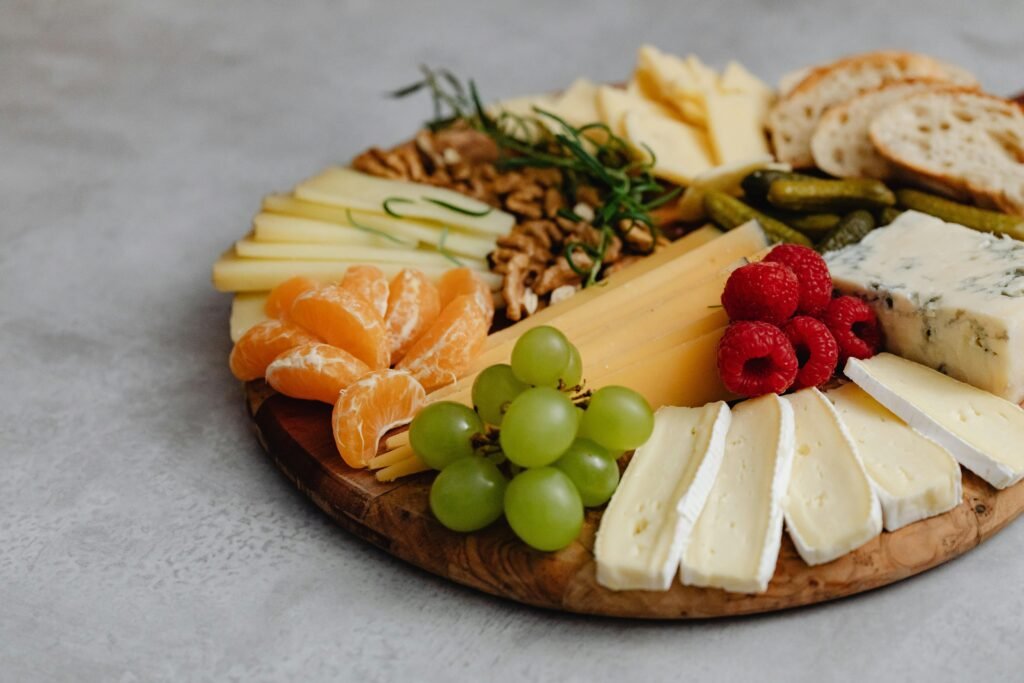
Turnip greens, the leafy tops of turnips, are highly nutritious and have a slightly bitter flavor. Turnip greens can be sautéed, added to soups, or used in casseroles.
Nutritional Highlights:
- Vitamin K: 662% of the DV
- Vitamin A: 60% of the DV
- Folate: 42% of the DV
Berries
From boosting brain health to fighting inflammation, berries offer a myriad of health benefits. Here’s a comprehensive ranking of the best berries based on their nutritional value, health benefits, and versatility.
1. Blueberries
Blueberries are often considered the king of antioxidant foods. They are rich in vitamins C and K, as well as manganese. Blueberries are known for their high levels of anthocyanins, which give them their deep blue color and potent antioxidant properties.
Nutritional Highlights:
- Vitamin C: 24% of the DV
- Vitamin K: 36% of the DV
- Manganese: 25% of the DV
2. Strawberries
Strawberries are one of the most popular and versatile berries. They are an excellent source of vitamin C, manganese, and folate. Strawberries are also high in antioxidants, particularly anthocyanins and ellagic acid. They can be enjoyed fresh, in desserts, or as a topping for cereals and yogurt.
Nutritional Highlights:
- Vitamin C: 97% of the DV
- Manganese: 21% of the DV
- Folate: 6% of the DV
3. Raspberries
Raspberries are known for their high fiber content and impressive antioxidant profile. They are rich in vitamins C and K, as well as manganese. Raspberries contain ellagic acid and quercetin, which have anti-inflammatory properties.
Nutritional Highlights:
- Vitamin C: 54% of the DV
- Vitamin K: 12% of the DV
- Manganese: 41% of the DV
4. Blackberries
They are particularly high in anthocyanins, which contribute to their deep purple color and antioxidant properties. Blackberries can be enjoyed fresh, in jams, or as a topping for desserts.
Nutritional Highlights:
- Vitamin C: 35% of the DV
- Vitamin K: 25% of the DV
- Manganese: 32% of the DV
5. Cranberries
Cranberries are widely known for their ability to reduce Infections of the Urinary Tract (UTIs). They are rich in vitamins C and E, as well as fiber and antioxidants like proanthocyanidins. Cranberries can be enjoyed as juice, dried, or in sauces and baked goods.
Nutritional Highlights:
- Vitamin C: 24% of the DV
- Vitamin E: 20% of the DV
- Fiber: 20% of the DV
6. Goji Berries
Goji berries, also known as wolfberries, are a staple in traditional Chinese medicine. They are rich in vitamins A and C, as well as iron and antioxidants like zeaxanthin. Goji berries can be eaten dried, added to smoothies, or used in teas.
Nutritional Highlights:
- Vitamin A: 50% of the DV
- Vitamin C: 15% of the DV
- Iron: 11% of the DV
7. Acai Berries
Acai berries are noted for their strong antioxidant content, specifically anthocyanins. They are rich in vitamins A and C, as well as fiber and healthy Foods fats. Acai berries are often consumed in acai bowls or in smoothies.
Nutritional Highlights:
- Vitamin A: 15% of the DV
- Vitamin C: 5% of the DV
- Fiber: 25% of the DV
8. Gooseberries
Gooseberries are high in nutrients, especially vitamins C and A, fiber, and antioxidants such as quercetin. They can be consumed fresh, processed into preserves, or used in pastries.
Nutritional Highlights:
- Vitamin C: 46% of the DV
- Vitamin A: 10% of the DV
- Fiber: 7% of the DV
9. Elderberries
Elderberries are known for their immune-boosting properties and high antioxidant content. They are rich in vitamins C and A, as well as fiber and anthocyanins. Elderberries are often consumed as syrups, teas, or supplements.
Nutritional Highlights:
- Vitamin C: 43% of the DV
- Vitamin A: 6% of the DV
- Fiber: 7% of the DV
10. Mulberries
Mulberries are a lesser-known but highly nutritious berry. They are rich in vitamins C and K, as well as iron and antioxidants like resveratrol.

Nutritional Highlights:
- Vitamin C: 85% of the DV
- Vitamin K: 20% of the DV
- Iron: 14% of the DV
Nuts and Seeds
Nuts and seeds are nutritional powerhouses, offering a wealth of vitamins, minerals, healthy Foods fats, and protein. They can help improve heart health, support weight management, and provide essential nutrients for overall well-being. Here’s a comprehensive ranking of the best nuts and seeds based on their nutritional value, health benefits, and versatility.
1. Almonds
Almonds are rich in healthy Foods monounsaturated fats, fiber, protein, and essential nutrients like vitamin E, magnesium, and potassium. They are excellent for heart health, aiding in cholesterol reduction and providing a good source of antioxidants.
Nutritional Highlights:
- Vitamin E: 37% of the DV
- Magnesium: 20% of the DV
- Fiber: 3.5 grams per ounce
2. Chia Seeds
Chia seeds are tiny but mighty, packed with fiber, protein, omega-3 fatty acids, and various micronutrients. They are excellent for digestive health, providing a high amount of soluble fiber, and can be easily added to smoothies, yogurts, and baked goods.
Nutritional Highlights:
- Fiber: 10 grams per ounce
- Protein: 4.7 grams per ounce
- Omega-3 fatty acids: 4915 mg per ounce
3. Walnuts
Walnuts are highly nutritious, and known for their high content of omega-3 fatty acids, antioxidants, and polyphenols. They support brain health and reduce inflammation, making them a great choice for overall wellness.
Nutritional Highlights:
- Omega-3 fatty acids: 2542 mg per ounce
- Protein: 4 grams per ounce
- Fiber: 2 grams per ounce
4. Flaxseeds
Flaxseeds are high in fibre, omega-3 fatty acids, and antioxidants known as lignans. They are beneficial to heart and intestinal health, as well as providing a plant-based form of omega-3s.
Nutritional Highlights:
- Fiber: 8 grams per ounce
- Omega-3 fatty acids: 6388 mg per ounce
- Protein: 5 grams per ounce
5. Pumpkin Seeds
Pumpkin seeds are rich in antioxidants, magnesium, iron, and zinc. They support heart health, prostate health, and provide a good amount of protein, making them a great snack or addition to salads and baked goods.
Nutritional Highlights:
- Magnesium: 37% of the DV
- Protein: 7 grams per ounce
- Iron: 23% of the DV
6. Pistachios
Pistachios are high in protein, fiber, and antioxidants. They are also a good source of vitamin B6 and thiamine, supporting heart health and helping to maintain healthy Foods blood sugar levels.
Nutritional Highlights:
- Protein: 6 grams per ounce
- Fiber: 3 grams per ounce
- Vitamin B6: 25% of the DV
7. Sunflower Seeds
Sunflower seeds provide healthful lipids, protein, vitamin E, and selenium. They are beneficial for heart health, skin health, and can provide a good source of energy.
Nutritional Highlights:
- Vitamin E: 37% of the DV
- Selenium: 32% of the DV
- Protein: 5.5 grams per ounce
8. Cashews
Cashews are a good source of healthy Foods fats, protein, and essential minerals like copper, magnesium, and zinc. They support bone health, energy production, and can be enjoyed as a snack or added to various dishes.
Nutritional Highlights:
- Magnesium: 20% of the DV
- Copper: 31% of the DV
- Protein: 5 grams per ounce
9. Hemp Seeds
Hemp seeds are rich in protein, omega-3 and omega-6 fatty acids, and various essential minerals. They support heart health, skin health, and provide a complete source of protein for vegetarians and vegans.
Nutritional Highlights:
- Protein: 10 grams per ounce
- Omega-3 fatty acids: 1000 mg per ounce
- Magnesium: 48% of the DV
10. Brazil Nuts
Brazil nuts are known for their high selenium content, which is essential for thyroid health and immune function. They are also a good source of healthy fats, protein, and magnesium.
Nutritional Highlights:
- Selenium: 774% of the DV (per 6 nuts)
- Magnesium: 26% of the DV
- Protein: 4 grams per ounce
Whole Grains
Fiber Content
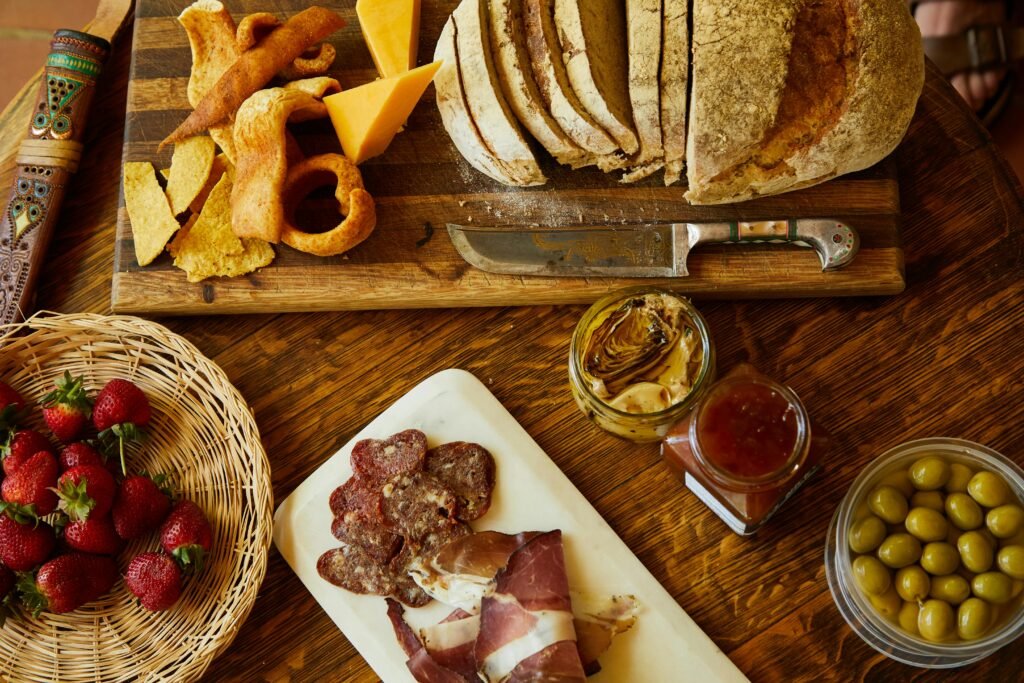
Whole grains are high in dietary fibre, which helps with digestion and weight maintenance. They also supply critical elements such as B vitamins, iron, and magnesium.
Varieties
- Quinoa
- Brown Rice
- Oats
- Barley
- Whole Wheat
Health Benefits
Regular consumption of whole grains can reduce the risk of heart disease, type 2 diabetes, and some forms of cancer.
Lean Proteins
Sources
Lean proteins are essential for building and repairing tissues, making enzymes and hormones, and supporting immune function.
Importance
Proteins are crucial for muscle health and overall body function. Including lean protein sources in your diet helps maintain muscle mass and supports metabolic health.
How to Include Daily
Incorporate lean meats like chicken, turkey, and fish, as well as plant-based proteins like beans, lentils, and tofu into your meals.
Healthy Fats
Types
Healthy fats promote brain function, vitality, and nutrient absorption. Include a range of beneficial fats in your diet.
Benefits
Healthy fats improve heart health, lower inflammation, and boost brain function.
Sources
- Avocado
- Olive Oil
- Nuts and Seeds
- Fatty Fish (like salmon and mackerel)
Dairy or Dairy Alternatives
Calcium and Vitamin D
Dairy products provide calcium and vitamin D, which are important for bone health. For those who are lactose intolerant or vegan, there are several alternatives.
Options for All Diets
- Milk (cow’s, almond, soy, oat)
- Yogurt
- Cheese
- Fortified Plant Milks
Cruciferous Vegetables
Health Benefits
Cruciferous vegetables also contain glucosinolates, which have been shown to have cancer-fighting properties.
Popular Choices
- Broccoli
- Cauliflower
- Brussels Sprouts
- Cabbage
- Kale
Preparation Tips
These vegetables can be eaten raw, steamed, roasted, or added to stir-fries and soups.
Legumes
Protein and Fiber
Legumes are an excellent source of fiber. They are also rich in iron, folate, and potassium.
Varieties
- Lentils
- Chickpeas
- Black Beans
- Kidney Beans
- Peas
Cooking Ideas
Add legumes to soups, stews, salads, and casseroles. They can also be used to make dips like hummus and spreads.
Citrus Fruits
Vitamin C
Citrus fruits are high in vitamin C, which is important for immune function, skin health, and the absorption of iron.
Popular Options
- Oranges
- Grapefruits
- Lemons
- Limes
- Tangerines
Daily Recommendations
Incorporate citrus fruits into your diet by adding them to salads, smoothies, or simply enjoying them as a fresh snack.
Hydration with Water
Importance
Staying hydrated is essential for overall health. Water helps to maintain body functioning, assists digestion, and promotes skin health.
Daily Requirements
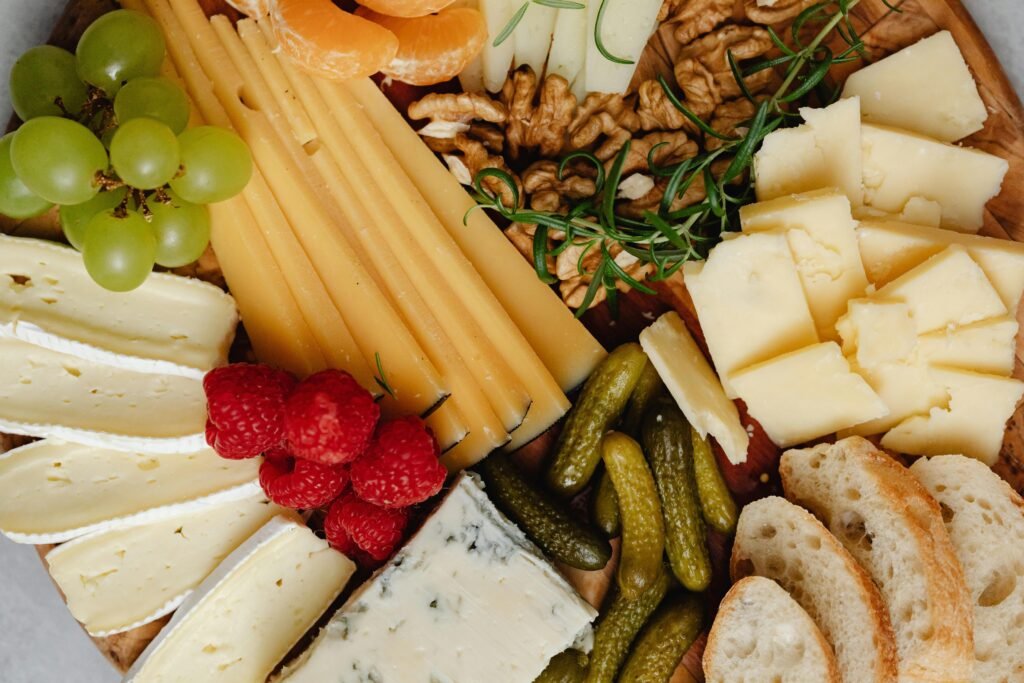
Aim to drink at least eight cups (64 ounces) of water per day. Adjust according to exercise level, weather, & your own needs.
Tips for Staying Hydrated
Carry a water bottle, set reminders, and eat water-rich foods like fruits and vegetables.
The Role of Herbs and Spices
Nutritional Benefits
Herbs and spices add flavor without extra calories and provide health benefits like anti-inflammatory properties and antioxidants.
Popular Choices
- Turmeric
- Ginger
- Garlic
- Basil
- Rosemary
How to Use
Incorporate herbs and spices into your cooking to enhance flavor and boost nutritional value.
Combining Foods for Maximum Benefit
Food Pairings
Certain food combinations can enhance nutrient absorption. For example, pair vitamin C-rich foods with iron-rich foods to improve iron absorption.
Nutrient Absorption
Eating various foods ensures you get a range of nutrients that work together for optimal health.
Balanced Meals
Create balanced meals by combining proteins, healthy fats, and complex carbohydrates. This approach helps maintain energy levels and supports overall health.
Healthy Eating Habits
Portion Control
Be mindful of portion sizes to avoid overeating.
Mindful Eating
Practice mindful eating by savoring each bite, eating slowly, and paying attention to your body’s signals.
Regular Meal Times
Stick to regular meal times to maintain a stable metabolism and avoid unnecessary snacking.
FAQs
What are the healthiest foods to eat daily?
Leafy greens, berries, nuts and seeds, whole grains, lean proteins, healthy fats, dairy or dairy alternatives, cruciferous vegetables, legumes, and citrus fruits.
How can I incorporate more vegetables into my diet?
Use them in salads, smoothies, soups, stir-fries, and as a side dish. Experiment with various cooking methods, such as steaming, roasting, and sautéing.
Why are whole grains important?
Whole grains are high in fiber, vitamins, and minerals. They aid digestion, promote a healthy weight, and lower the risk of long-term illnesses.
How much water should I drink daily?
Aim for at least eight mugs (weight: 64 ounces) of water per day. Adjust according to your exercise level, weather, and personal demands.
What are some healthy snack options?
Healthy snacks include fruits, nuts, yogurt, vegetables with hummus, and whole-grain crackers.

How can I ensure I’m getting enough protein?
Include a variety of protein sources in your diet, such as lean meats, fish, eggs, dairy, legumes, nuts, and seeds.
Conclusion
Incorporating these healthiest foods into your daily diet can significantly improve your overall well-being. Focus on variety, balance, and moderation to ensure you get a wide range of nutrients. By making conscious choices and adopting healthy eating habits, you can support your physical and mental health, leading to a more balanced and fulfilling life.
Related Questions
12 foods you should eat everyday
Top 10 healthy foods
Healthy food list
What are the healthiest foods to eat daily for weight loss
What are the healthiest foods to eat daily to lose
Healthy food chart
5 types of foods that you should eat daily
healthy foods to eat everyday breakfast, lunch and dinner
healthy food near me
healthy fresh
healthy eating
healthy fast food
is chinese food healthy
is indian food healthy
is spaghetti healthy food
who qualifies for humana healthy food card
Related Article
10 Expert Tips to Identify and Avoid Unhealthy Foods in 2024




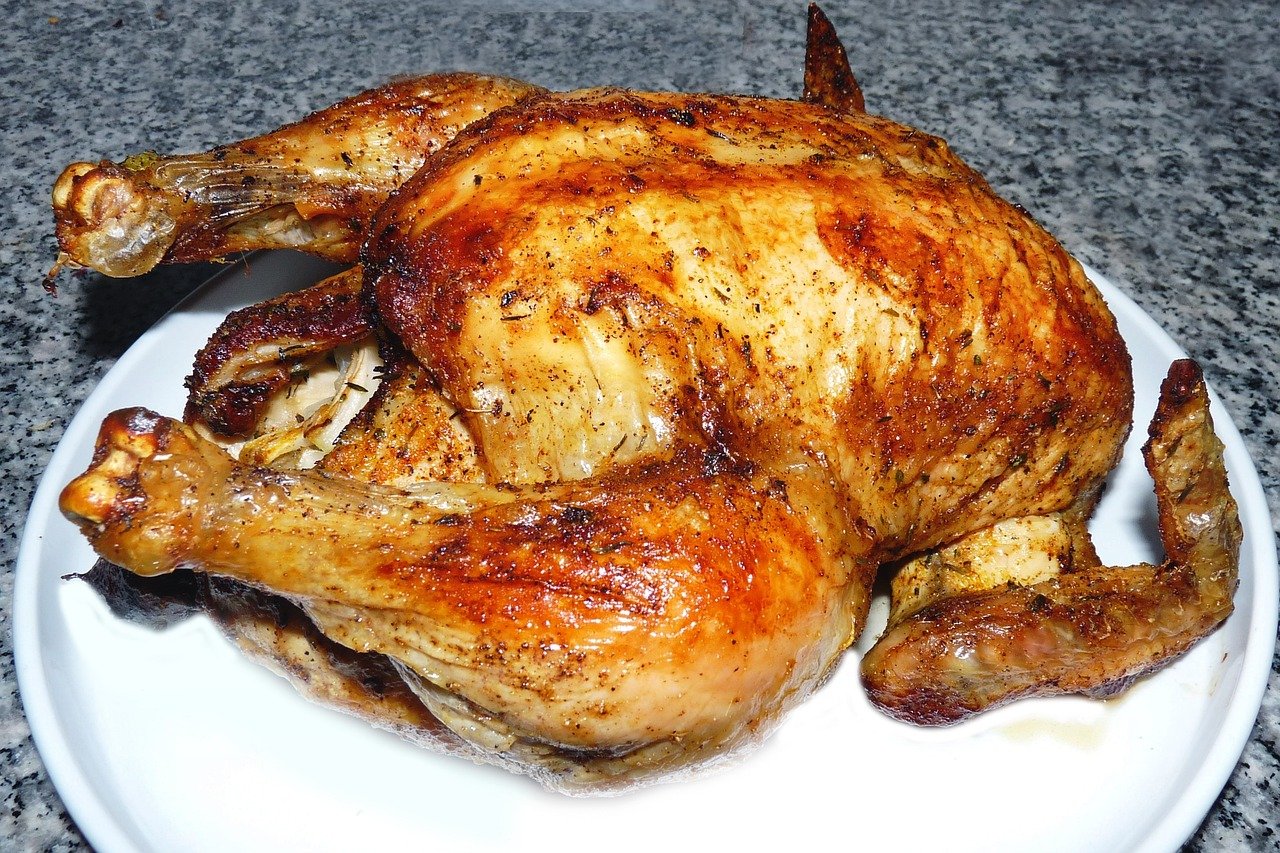
2 thoughts on “What Are the Healthiest Foods to Eat Daily? Complete Guide”